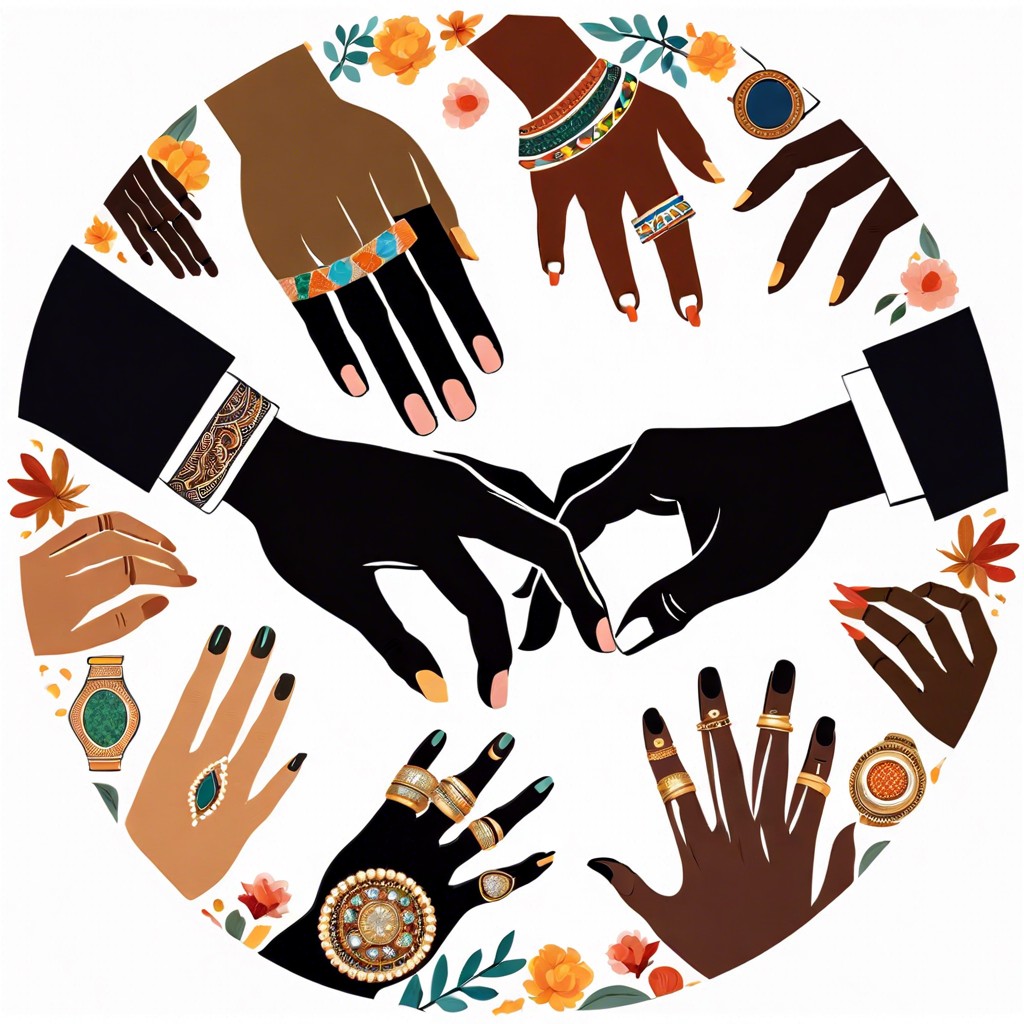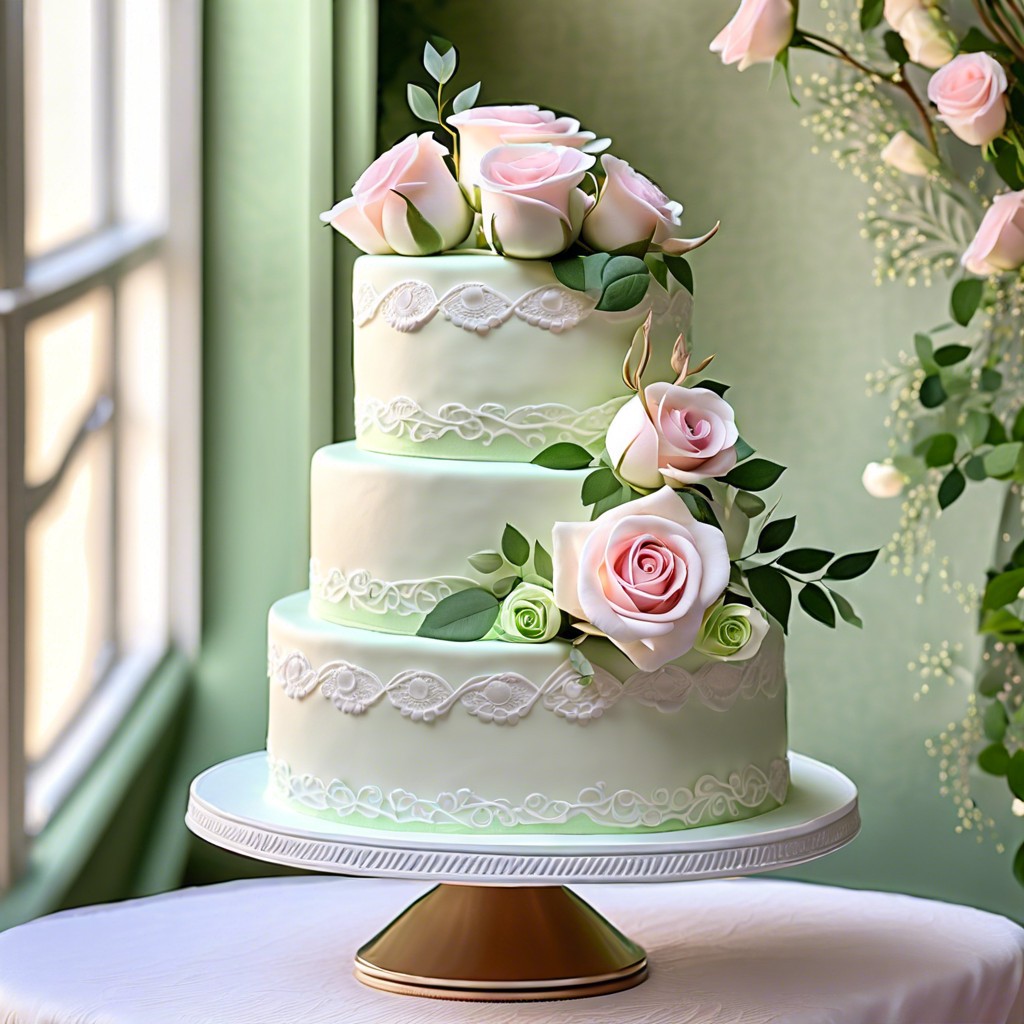Discover the meaningful process of donating your wedding dress and the positive impact it can have.
Key takeaways:
- Several organizations accept wedding dress donations for charitable causes.
- Benefits of donating include extending the dress’s life and supporting sustainability.
- Ensure your dress meets criteria for condition, size, and style.
- Prepare the dress by cleaning, making any necessary repairs, and storing it properly.
- Follow specific donation guidelines provided by the organization.
Where to Donate Your Wedding Dress

Several charitable organizations gladly accept wedding dress donations, allowing your cherished gown to support a meaningful cause. Brides for a Cause is a non-profit that sells donated dresses to fund various women’s charities. Likewise, The Angel Gown Program transforms dresses into gowns for angel babies who do not make it home from the hospital, providing comfort to grieving families. Another great option is Wish Upon a Wedding, which offers weddings and vow renewals for couples facing serious illness or life-altering circumstances.
Local donation opportunities may also be available through women’s shelters and church outreach programs that provide dresses to those in need. Additionally, consider military bride gown giveaway programs like Brides Across America, which support armed forces brides with free dresses.
Research online for specialized organizations like Adorned in Grace, which fights human trafficking — your dress sale proceeds assist in prevention and provide survivor support. Lastly, check with theater companies and schools; they often seek gown donations for costumes.
Benefits of Donating Your Wedding Dress
Donating your wedding dress extends its life beyond your special day, giving it new purpose. It brings joy to another bride who might otherwise not afford such a gown. Additionally, your kindness can create a ripple effect of generosity.
By choosing to donate, you also embrace sustainability. Rather than having your dress sit in a closet, donation encourages re-use and reduces waste. This choice supports eco-friendly practices, aligning with environmentally conscious values.
Moreover, many organizations provide tax deductions for bridal gown donations. This means you can offer a treasured item and receive a financial benefit in return.
Lastly, contributing to charitable causes through dress donation can be emotionally rewarding. Knowing that your gown helps support meaningful programs like those for military brides or women impacted by breast cancer adds a layer of purpose to the altruism, enriching your own life with a sense of fulfillment.
Determining If Your Dress Meets Donation Criteria
Before reaching out to charitable organizations, thoroughly inspect your wedding dress for any signs of wear or damage. Most charities require the gown to be in excellent condition, meaning there should be no stains, tears, or missing embellishments. Consider the style too; contemporary designs from the last 2-5 years are generally preferred, as they are more likely to align with current bridal trends and demands.
Size inclusivity matters. Some organizations specifically seek out a diverse range of sizes to cater to every bride-to-be, so there’s a chance your dress, no matter the size, will be welcomed.
Cleanliness is next on the checklist. A professional dry-cleaning prior to donation ensures that the dress is as beautiful as the day it was first worn. Remember, these dresses are meant to make someone else’s special day shine, so presenting them in pristine condition is paramount.
Lastly, consider timing. Donating your dress soon after the wedding, rather than years later, increases the likelihood it meets the fashion relevance standards set by many donation centers.
How to Prepare Your Dress for Donation
Before delivering your wedding dress to a charity or organization, ensure it’s in the best condition for the next bride. Start by having the dress professionally cleaned; stains and spills from the wedding can set over time, making them harder to remove later. After cleaning, check for any needed repairs, such as loose seams or missing beads.
Next, place the gown on a padded hanger to maintain its shape and store it in a garment bag. This will protect the fabric from dust and light, which can cause discoloration. Documentation like a receipt from the dry cleaner, a note detailing any significant repairs, and the original gown label helps the receiving organization understand the dress’s condition and size.
Additionally, if your dress has been in storage, inspect it thoroughly for any signs of yellowing or fabric deterioration. It may need a second round of cleaning to ensure it’s pristine for donation.
Finally, look up the specific donation guidelines of the chosen organization. Some may require you to fill out a form or provide a personal note for the future wearer. Ensuring all guidelines are met before donation simplifies the process for both you and the organization.



